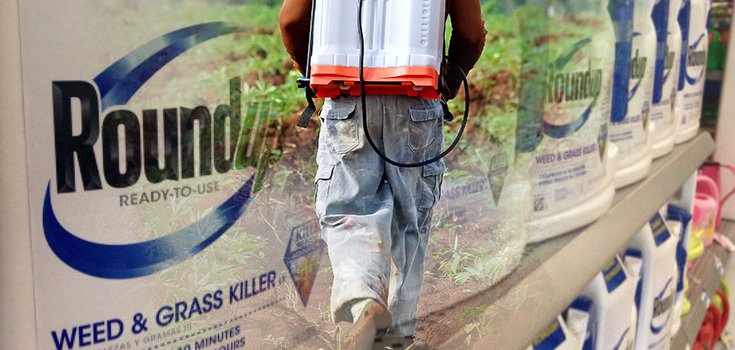Will the EU agencies listen?

The World Health Organization (WHO) has just published a clear question and answer form on the toxicity of glyphosate, the main ingredient in Monsanto’s best-selling herbicide concoction, Round Up. It leaves no question that the herbicide is truly genotoxic, causing damage to life everywhere.
The report has likely come out due to controversy over the European Food Safety Authority (EFSA)’s determination that glyphosate is ‘safe.’ The herbicide is meant to be voted on to reinstate marketability later this month.
The International Agency for Research on Cancer (IARC), a research arm of the WHO, has stated clearly that both formulations containing glyphosate and pure glyphosate pose a grave risk. It is this clear explanation that leaves the EFSA little wiggle-room when trying to downplay glyphosate’s toxicity dependent upon the formulation.
The EFSA has tried to push propaganda that the herbicide is not a carcinogenic hazard to human beings, but multiple other studies say otherwise. It has now come to light that the EFSA has also hidden studies from public view which were used to make this determination.
The IARC, as compared to the EFSA, looked at over 1000 studies which involved glyphosate, including reviews of people exposed through their jobs, such as farmers and agricultural workers. The IARC also looked at experimental studies on cancer and cancer-related effects in experimental systems.
The EFSA did not even publish all the studies they referenced, nor clearly reporting who wrote them. More than 95% of authors for the glyphosate review reportedly refused public scrutiny of their determination.
Some of the Glyphosate Questions and Answers
Just a few of the questions the WHO answered are abbreviated as follows:
Could glyphosate’s toxicity be based on other co-formulants in a weed killer?
Essentially this question targets those who want to pretend that glyphosate isn’t the culprit, but that other adjuvants added to an herbicide or pesticide are to blame. The IARC states clearly that
“the evidence for [glyphosate] causing cancer in experimental animals was ‘sufficient’ and the evidence for causing genotoxicity was ‘strong’. The real-world exposures experienced by human populations are to a variety of formulations of glyphosate with other chemicals, because this is how glyphosate is mainly sold and used. Similar results were reported in studies of different formulations used in different geographical regions at different times.”
Could the co-formulants in the herbicide products be to blame for genotoxic outcomes?
Another nice try by Big Biotech to push the blame on something other than their collectively-favorite weed killer ingredient. (Glyphosate, is the main ingredient in Round Up, which currently forms the backbone of Monsanto’s worldwide billion-dollar sales.) The IARC’s answer again is clear. NO. Glyphosate is toxic all on its own.
There is controversy over whether or not glyphosate causes non–Hodgkin lymphoma based on one study. The IARC makes it clear that hundreds of studies were looked at to draw a link between glyphosate exposure and non-Hodgkin lymphoma. Sorry – once again Monsanto, you can’t weasel out of this. Data was collected on over 50,000 farmers for the IARC to come to their determination.
Was it only animals that suffered from cancer due to glyphosate exposure?
The precise answer is, “NO.” I would put an expletive before that monosyllabic response, but you get the idea.
There are many more questions addressed. Here you can read through the WHO’s glyphosate Q & A.
BY CHRISTINA SARICH
